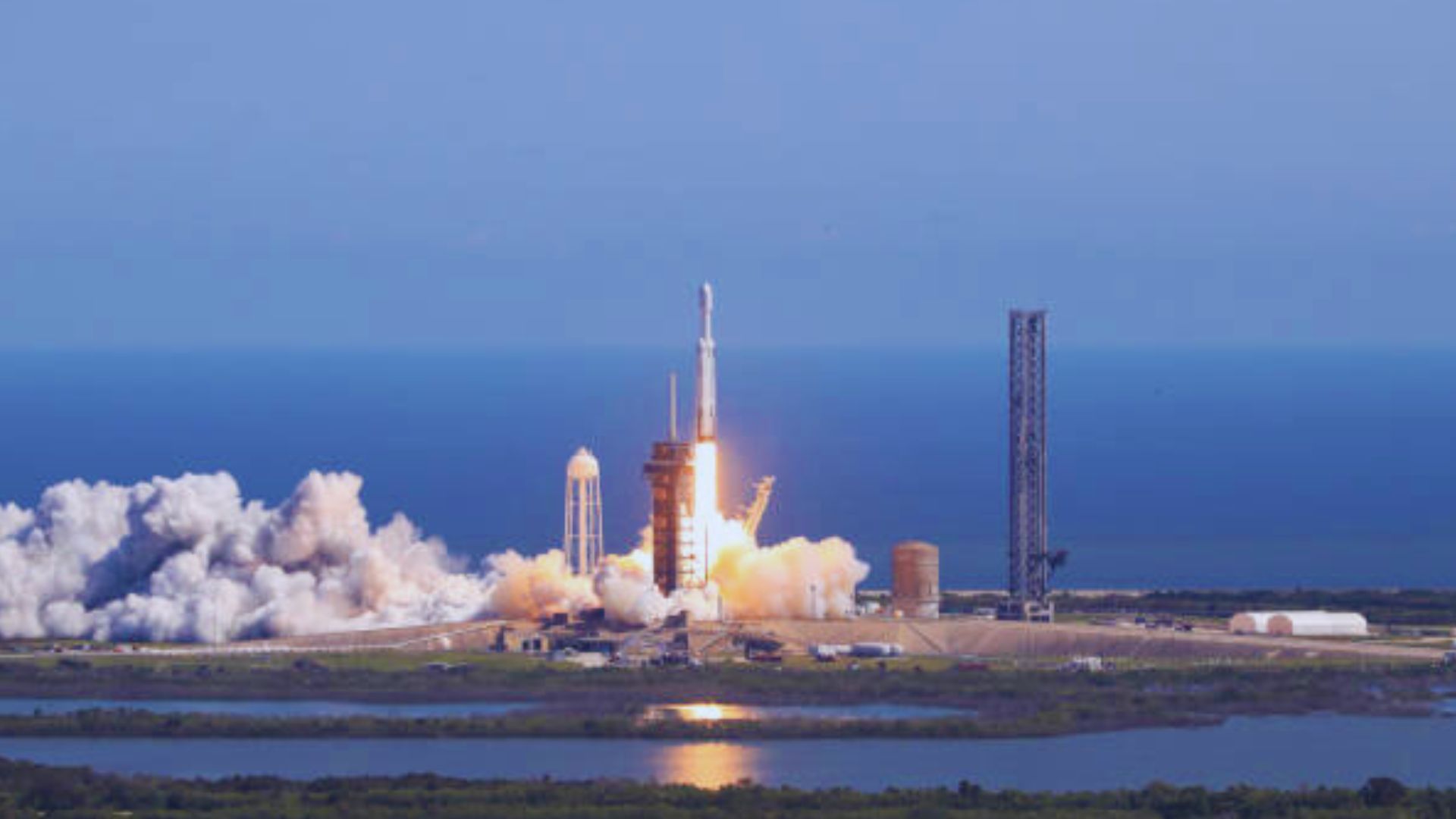NASA’s Europa Clipper: A Journey to Jupiter’s Enigmatic Moon
In a groundbreaking move, NASA has launched its most ambitious mission yet to explore the mysteries of our solar system. The Europa Clipper, the largest spacecraft ever built by NASA for an interplanetary mission, blasted off from Kennedy Space Center in Florida atop a SpaceX Falcon Heavy rocket.
This massive undertaking aims to investigate Europa, one of Jupiter’s moons that scientists believe could harbor conditions suitable for life. As the spacecraft embarked on its 1.8 billion-mile journey, mission control confirmed its successful separation from the rocket and deployment of its solar arrays.
The Europa Clipper’s voyage will take advantage of planetary gravity assists, first swinging by Mars in 2025 and then Earth in 2026. These celestial slingshots will propel the spacecraft toward Jupiter, with an expected arrival in April 2030.
Once there, the Clipper will conduct 49 flybys of Europa, coming as close as 16 miles to its icy surface. This proximity will allow the spacecraft’s suite of nine instruments to gather crucial data about the moon’s composition and structure.
Europa’s appeal lies in its unique characteristics. Beneath its 10 to 15-mile-thick ice shell, scientists believe there’s a vast saltwater ocean. This ocean might contain twice the water of all of Earth’s oceans combined, making it a prime candidate in the search for extraterrestrial life.
“Europa’s conditions—water, energy, chemistry, and stability—make it a promising environment for potential life forms,” explains Sandra Connelly, Deputy Associate Administrator in NASA’s Science Mission Directorate.
The Clipper’s payload includes an ice-penetrating radar, high-resolution cameras, and a thermal instrument. These tools will work together to map Europa’s surface, measure the thickness of its ice shell, and search for signs of recent water vapor plumes.
The mission houses its sensitive equipment in a specially designed titanium and aluminum vault to protect it from Jupiter’s intense radiation. This shielding is crucial for the mission’s success in such a hostile environment.
The spacecraft’s design is a testament to human ingenuity. With its solar arrays extended, the Clipper spans an impressive 100 feet from end to end. These arrays, the largest NASA has ever used for an interplanetary mission, will power the craft in the dim sunlight at Jupiter’s orbit.
Project manager Jordan Evans highlights the mission’s significance: “This launch isn’t just the next chapter in our exploration of the solar system; it’s a leap toward uncovering the mysteries of another ocean world.”
The Europa Clipper mission represents more than just scientific curiosity. It embodies humanity’s enduring quest to understand our place in the universe and answer the age-old question: Are we alone?
As the spacecraft begins its long journey, it carries with it the hopes and dreams of thousands of scientists, engineers, and space enthusiasts. Each flyby of Europa will bring us closer to understanding the potential for life beyond Earth.
The mission’s findings could reshape our understanding of habitable worlds. If Europa proves to have conditions that could support life, it might mean there are more such environments in our solar system and beyond than we ever imagined.
NASA Administrator Bill Nelson sums up the excitement: “By exploring the unknown, Europa Clipper will help us better understand the potential for life not just within our solar system but among the billions of moons and planets beyond our Sun.”
Watching the Europa Clipper sail towards its distant target serves as a reminder of the power of human curiosity and innovation. This mission represents not just a technological achievement but a bold step in our ongoing exploration of the cosmos.
In the coming years, as data from the Clipper begins to reach Earth, we may find ourselves on the brink of discoveries that will forever change our view of life in the universe.
The journey to Europa is more than a scientific expedition; it’s a voyage into the realm of possibility, where the answers to some of our most profound questions may lie waiting beneath the ice of a distant moon.
